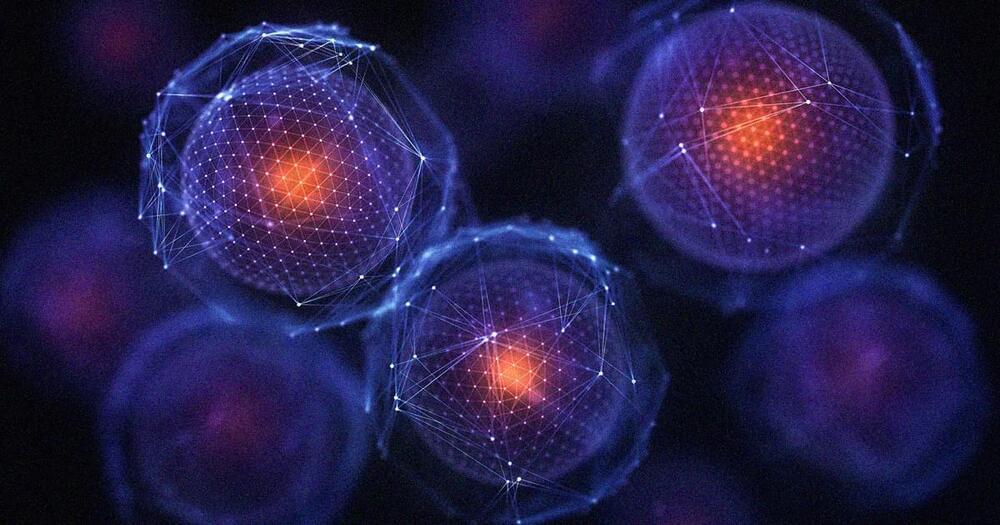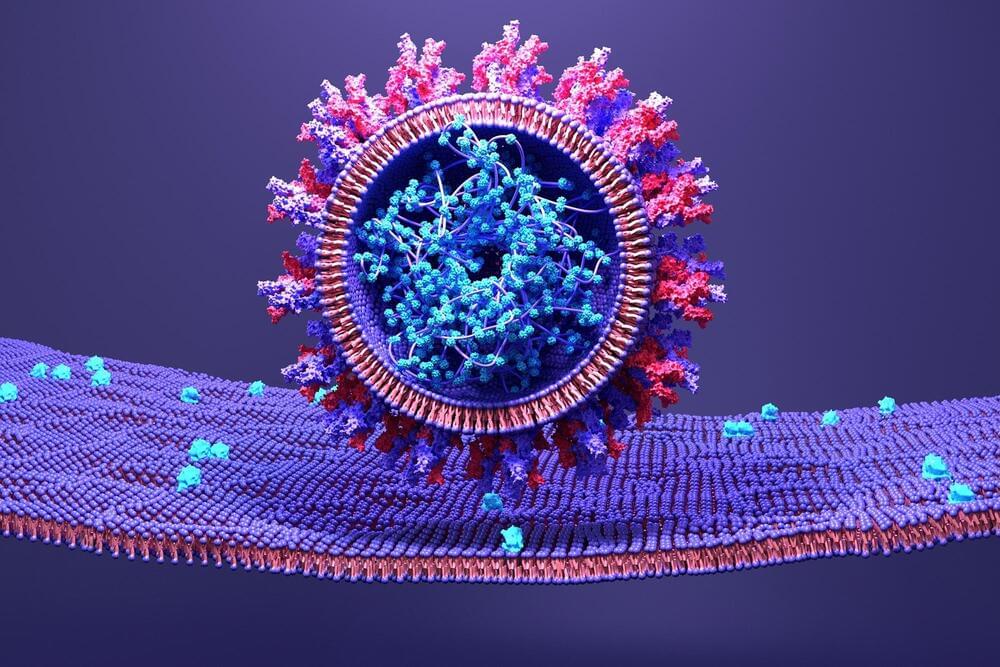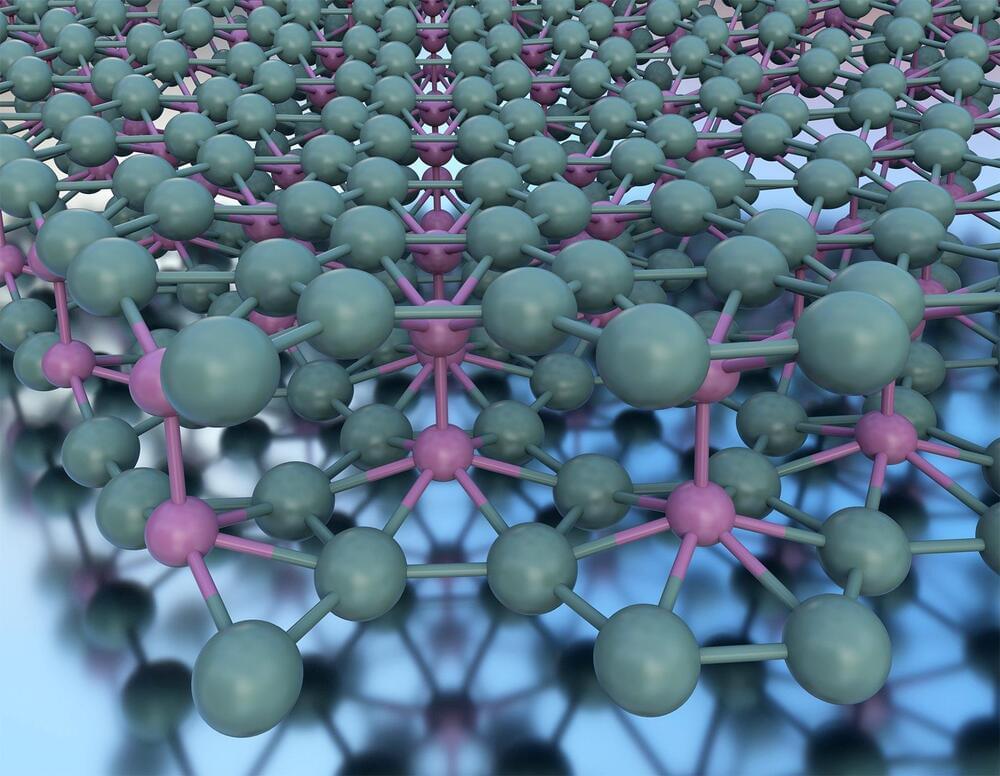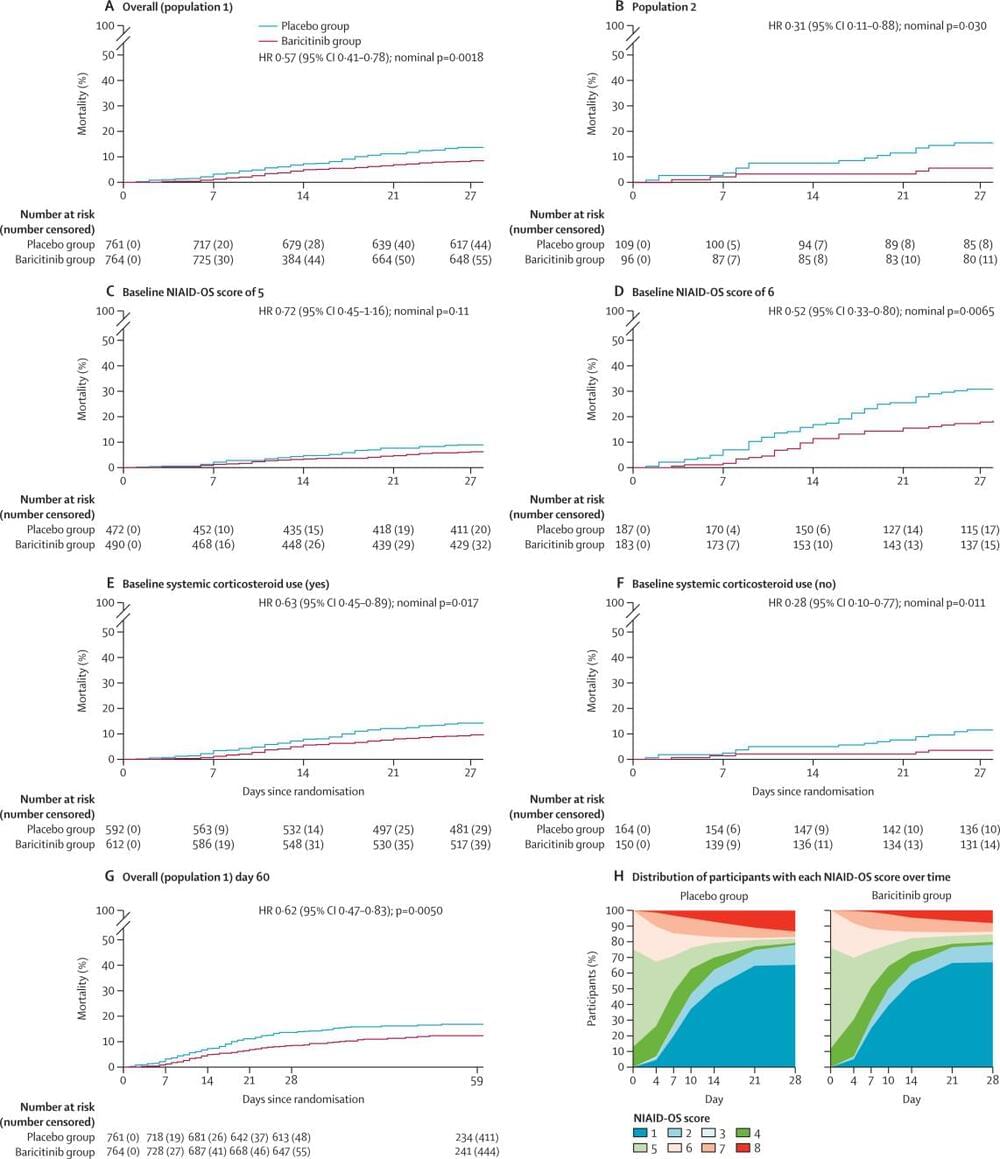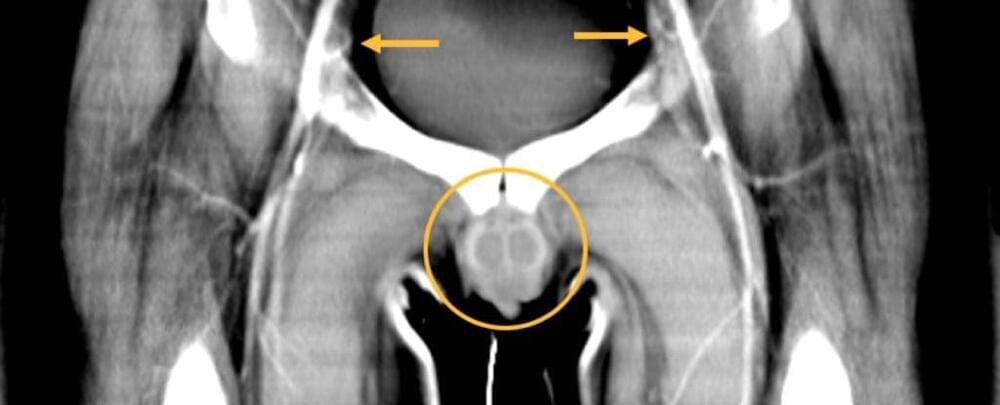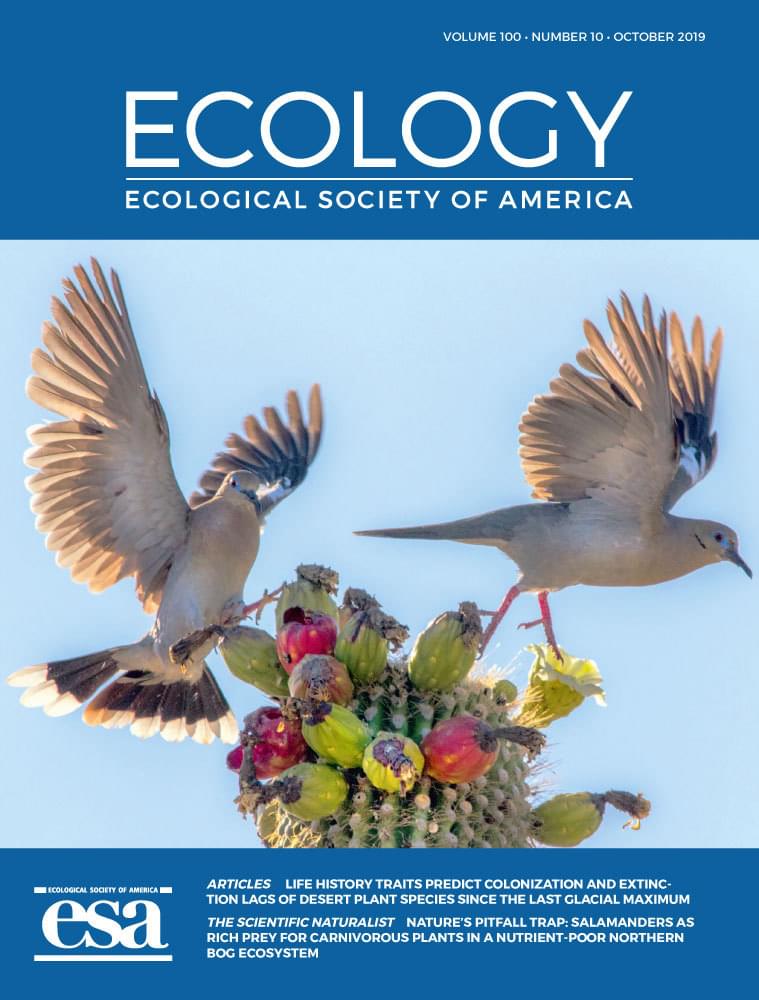Sep 1, 2021
Doctors Claim to Have Discovered How to Reverse Cell Aging
Posted by Quinn Sena in categories: biotech/medical, life extension, neuroscience
In order to find a way to trick the body into making new B cells, the researchers probed one of the ways that the body naturally replenishes its supply. Patients undergoing treatment for multiple sclerosis had their MBC stock depleted, at which point their body rapidly started to produce new B cells.
The team identified the specific hormones that shut B cell production down again once stores were replenished, and realized that deactivating the hormone results in the body producing extra B cells left and right. And going forward, they hope to turn that hormonal trick into a new rejuvenating treatment for the elderly and immunocompromised.
“We found specific hormonal signals produced by the old B cells, the memory cells, that inhibit the bone marrow from producing new B cells,” Melamed told The Jerusalem Post. “This is a huge discovery. It is like finding a needle in a haystack.”
